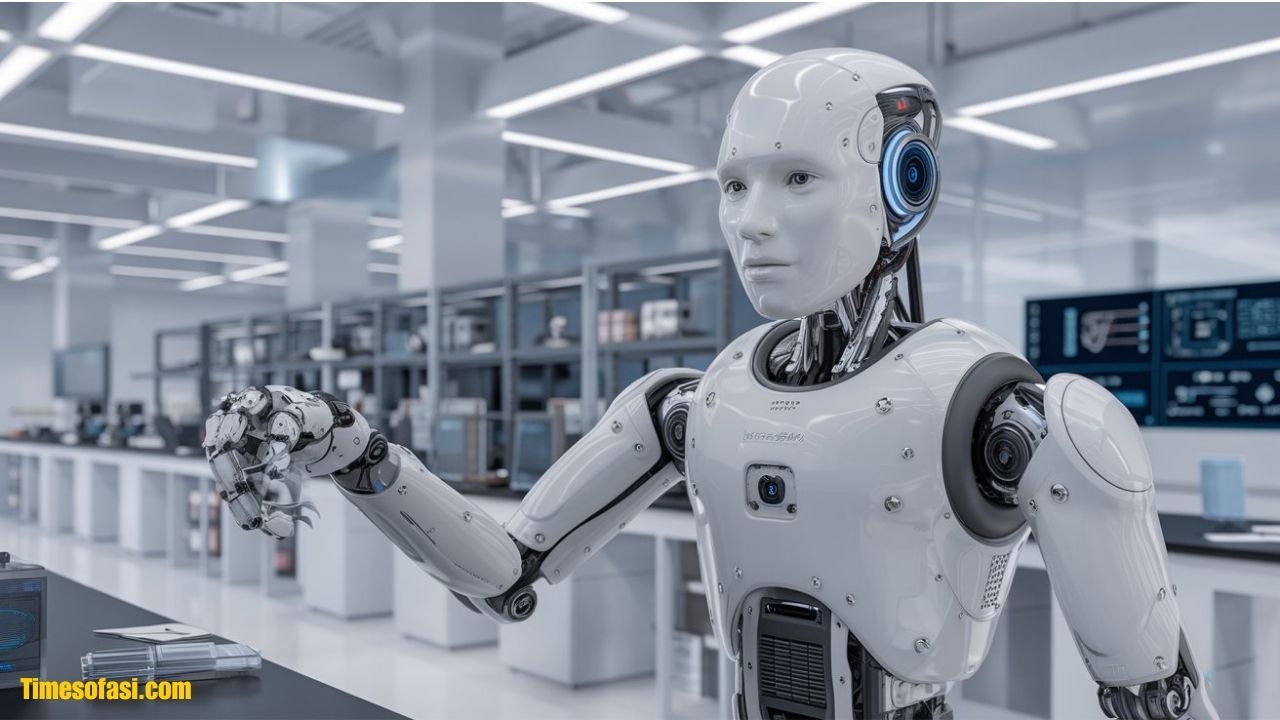Best Free AI Image Generator
-
Ideogram 2.0
-
TENSORWAVE
-
xAI releases Grok 2 in early beta
-
Supercharge your AI apps with Jamba Models
-
Disney AI brings robots to life
1. Ideogram 2.0
Ideogram has launched version 2.0 of its text-to-image model, packed with major upgrades and new features. These include five new image styles, an iOS app, a beta API, and access to over 1 billion public Ideogram images.
The details:
- Five Image Styles: Ideogram 2.0 offers five distinct styles: General, Realistic, Design, 3D, and Anime.
- Realistic Style: This style produces images that closely resemble photographs, with improved textures for human features like hands and hair, which were challenging for earlier models.
- Design Style: Enhanced text rendering makes it perfect for creating greeting cards, t-shirt designs, and more.
- Free Tier: Users can generate around 40 images or 10 prompts daily at no cost.
Why It’s Important:
Ideogram 2.0 sets a new standard in AI image generation, especially with its ability to create realistic human hands and clear text, areas where other AI generators often struggle. This makes it ideal for creating memes, newsletter images, YouTube thumbnails, posters, and more.
2.TENSORWAVE
TensorWave Cloud is now powered by AMD’s Instinct MI300X, offering unmatched price-to-performance for large language models (LLMs), surpassing competitors like Nvidia’s H100B.
The details:
- Effortless Handling of Complex LLMs: TensorWave Cloud easily manages increasingly complex and memory-intensive large language models.
- Run Massive Models on a Single Node: You can operate enormous models like Llama 3.1 405B on a single node, streamlining your operations.
- Smoother Enterprise-Scale Operations: TensorWave’s inference caching ensures smoother performance for large-scale enterprise tasks.
- Cost-Effective Superior Performance: Enjoy superior performance at a fraction of the cost compared to other solutions.
3.xAI releases Grok 2 in early beta
xAI has introduced early beta access for Grok 2, a cutting-edge AI model that utilizes real-time data from X and employs Flux.1 to produce more dynamic and less filtered AI images.
The details:
- Early Beta Access: Grok 2 is now available to a select group of premium X users in its early beta phase.
- Real-Time Data Utilization: The model stands out by accessing and leveraging real-time information from X, a feature not offered by ChatGPT or other LLMs.
- Two Modes: Grok 2 offers a regular mode and a “fun” mode, the latter of which provides a more engaging and entertaining interaction.
- News Gathering and Summarization: Grok 2 can reference specific tweets when gathering and summarizing news, a unique capability not found in ChatGPT or Claude.
Why It’s Important:
Grok 2’s ability to access real-time information and deliver relatively unfiltered responses sets it apart from top AI chatbots like ChatGPT. With Grok 3 anticipated by the end of 2024, xAI is establishing itself as a formidable player in the AI landscape.

